The 1980s was a decade of bold innovation, eccentric fashion, and a vibrant music scene that shaped cultural practices. As technology evolved, so did the ways we consumed and shared music. From boomboxes blasting the latest hits to the intimate act of creating mixtapes, these habits were more than just pastimes—they were expressions of personal identity and communal experiences. These practices, while seemingly ordinary at the time, have become nostalgic symbols of an era defined by its soundtrack. Let’s explore the eleven music habits that defined this unforgettable decade and examine their lasting impact today.
1. Recording Songs Off the Radio with Your Boombox
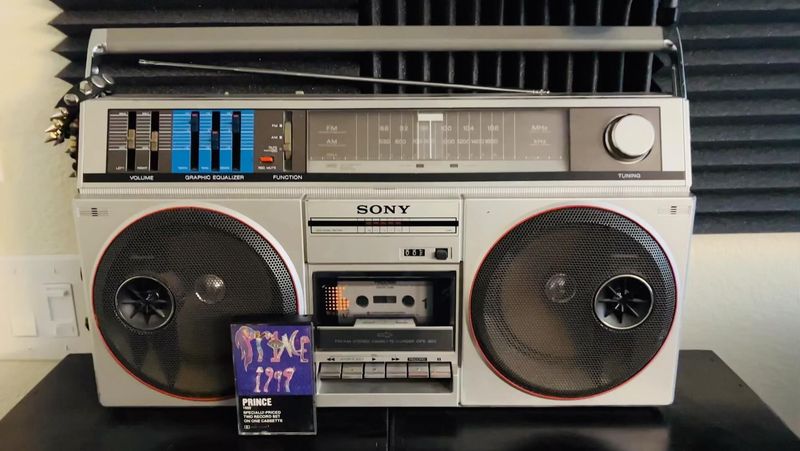
Imagine sitting patiently by your boombox, fingers hovering over the record button, waiting for your favorite song to play on the radio. This was a ritual for many in the ’80s, turning the act of capturing music into an art form. The tapes, filled with radio commentary and sudden interruptions, were cherished compilations.
Each recorded song was a piece of a personal soundtrack, shared with friends or replayed endlessly. Pressing ‘record’ was a simple joy, transforming spontaneous radio moments into treasured memories, a testament to an era before digital convenience.
2. Creating Mixtapes
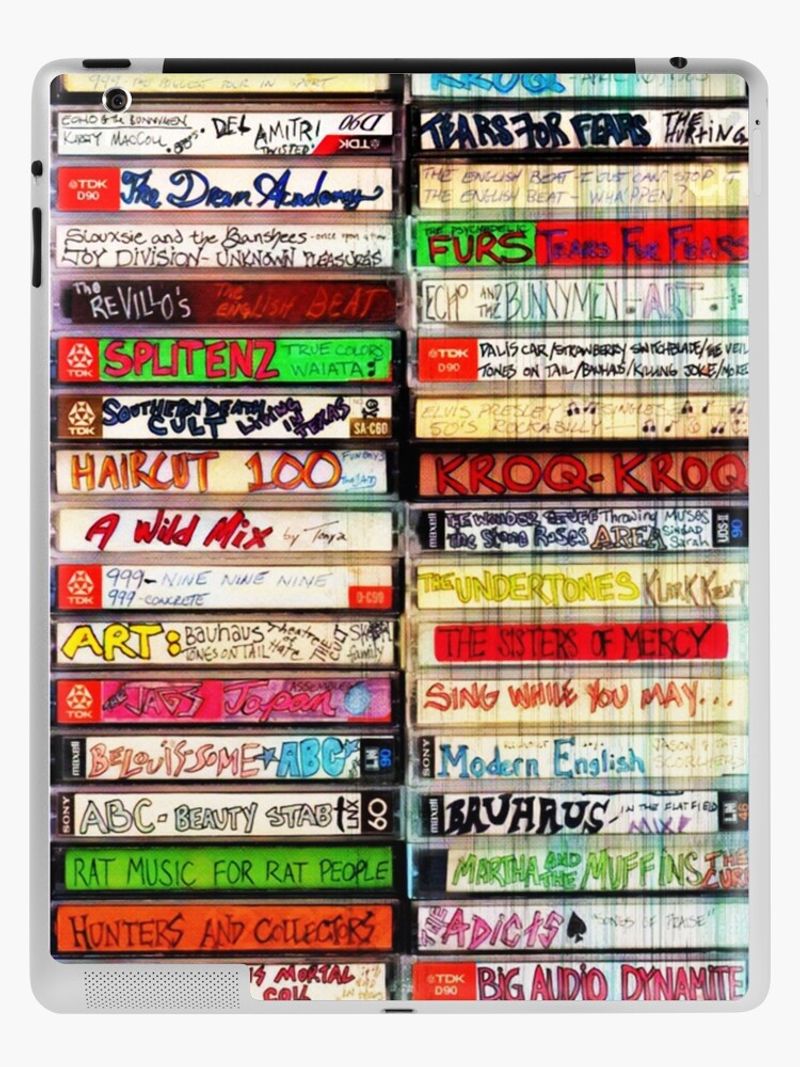
Crafting a mixtape was a heartfelt gesture in the ’80s, a carefully curated collection of songs that spoke volumes without uttering a word. Teenagers would spend hours selecting tracks, perfecting the order to convey emotions or tell a story.
These tapes were exchanged as tokens of friendship or love, each one unique and deeply personal. The mixtape was more than music; it was a connection, a shared language between the creator and the listener, capturing the emotions and moments of the time.
3. Using Boomboxes as Portable Sound Systems
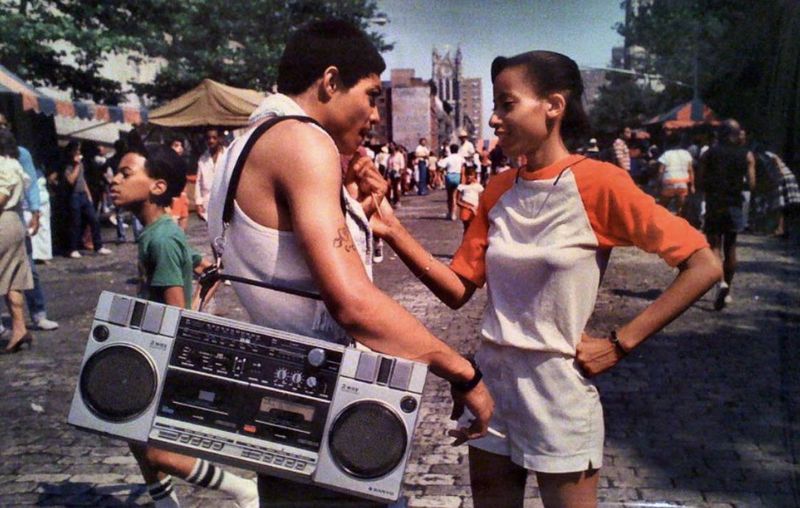
In the ’80s, boomboxes were more than just audio devices; they were cultural icons. With their loud speakers and flashy designs, they brought music to the streets and parks, becoming an essential part of social gatherings.
These portable sound systems gave people the freedom to share music anywhere, turning any location into an impromptu dance floor. The boombox was a symbol of freedom and expression, amplifying the era’s vibrant spirit and communal joy.
4. Engaging in Street Dance and Breakdancing
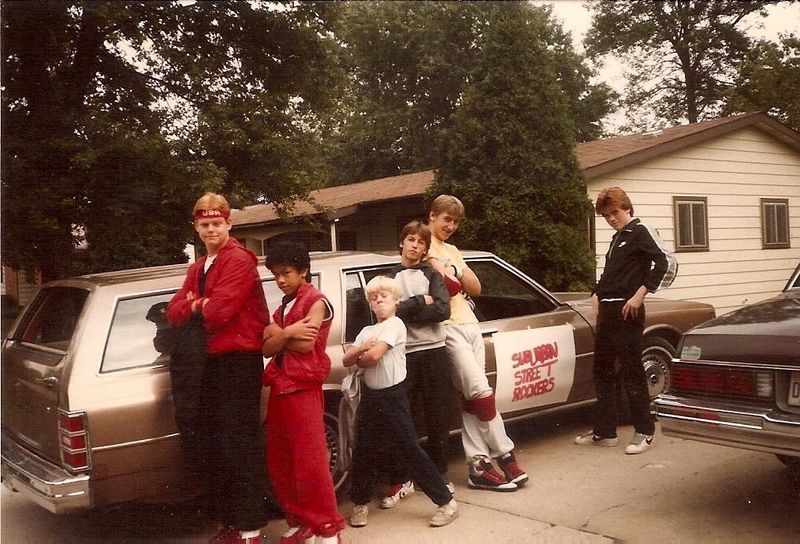
Breakdancing was a dynamic expression of creativity and rebellion in the ’80s. With boomboxes providing the beat, dancers would gather on city streets for electrifying performances. These dance battles were not just about competition; they were a celebration of individuality and community.
The energy of the music and dance captured the essence of urban life, turning sidewalks into stages and participants into stars. It was a movement that spoke to the heart of a generation, blending athletic prowess with artistic flair.
5. Participating in Tape Trading
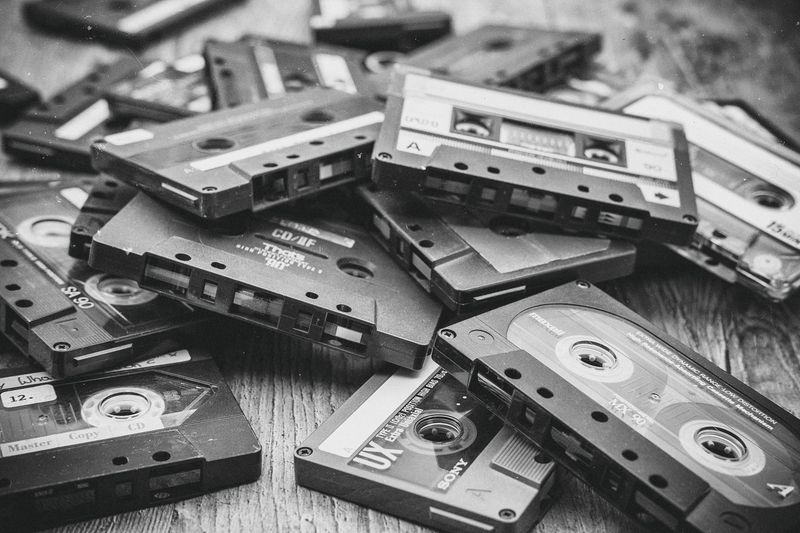
Tape trading was a cornerstone of the ’80s music scene, a grassroots movement that connected music enthusiasts. Friends exchanged tapes, sharing rare tracks and underground hits, fostering a sense of community. Each tape was a treasure trove of discovery, offering a glimpse into diverse musical landscapes.
It wasn’t just about the music; it was about building connections and exploring new sounds together. This practice laid the groundwork for today’s music-sharing culture, proving that the love of music transcends formats and generations.
6. Decorating Personal Spaces with Posters and Album Covers
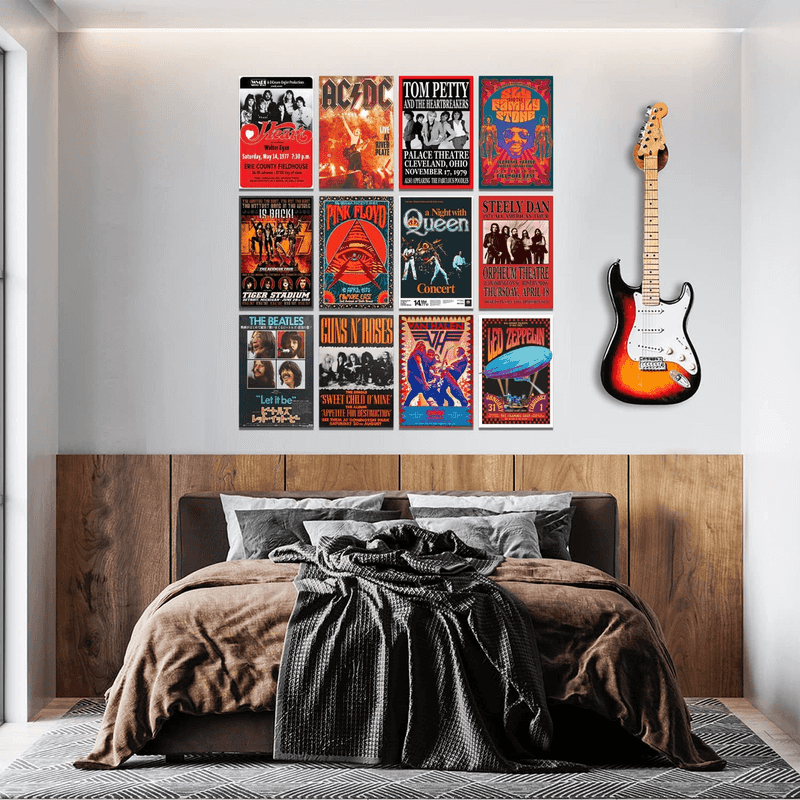
For many ’80s teenagers, walls were canvases that displayed their musical passions. Band posters and album covers adorned bedrooms, transforming personal spaces into vibrant showcases of identity. These visual displays were more than decor; they were badges of allegiance to favorite bands and genres.
The act of decorating was a ritual that celebrated individuality and taste, turning music fandom into an art form. Each poster was a window into the world of the fan, a declaration of personality and admiration that filled the walls with life and color.
7. Attending Record Store Launches and Events
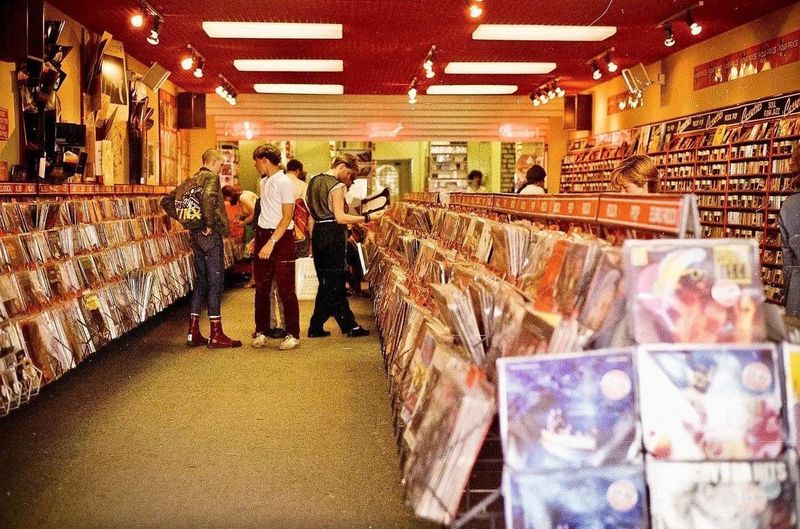
Record stores in the ’80s were more than retail spaces—they were cultural hubs. Fans flocked to these stores for album launches and signings, transforming them into sites of excitement and discovery. The anticipation of a new release was a shared thrill, bringing fans together in celebration.
These events were social gatherings where new friendships were forged over a mutual love of music. The record store was a place of connection, where every visit promised the possibility of finding new sounds and experiences.
8. Listening to Music on Portable CD Players (Discman)
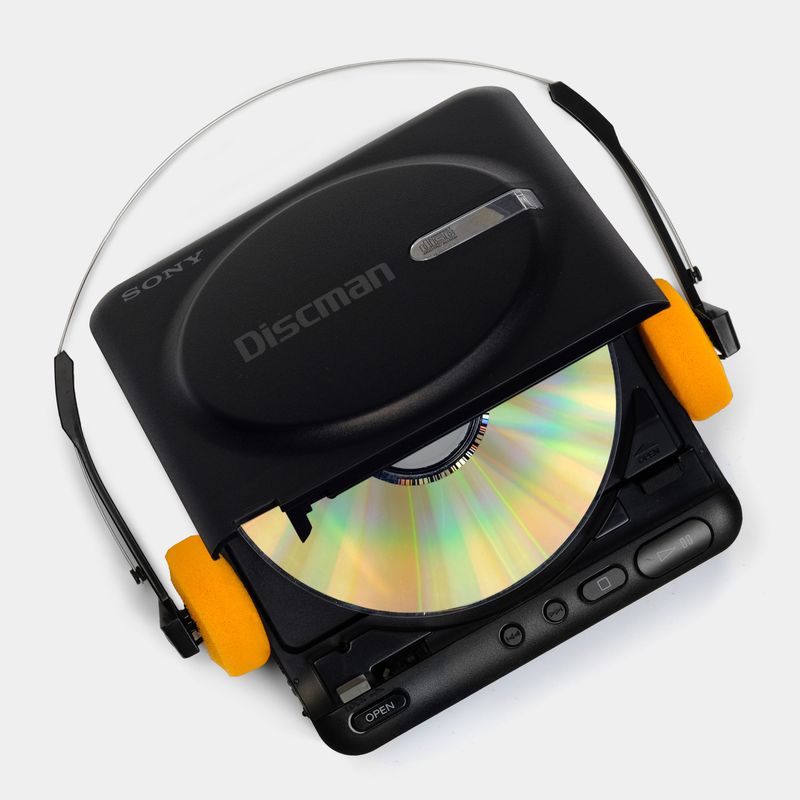
The arrival of the Discman in the ’80s marked a new era of music portability. These compact devices allowed high-quality music enjoyment on the go, revolutionizing personal listening habits. Suddenly, the soundtrack of one’s life could accompany them everywhere.
For music lovers, the Discman was a marvel of technology, offering crystal-clear sound without the bulk of cassette players. This innovation paved the way for future personal music devices, laying the foundation for portable listening as we know it today.
9. Watching Music Videos on MTV
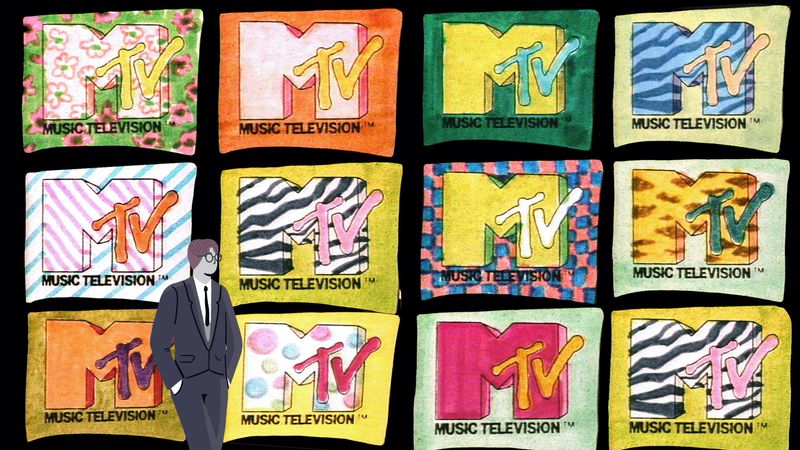
MTV’s launch in 1981 transformed how people experienced music, turning songs into visual spectacles. Music videos became events in themselves, offering fans a new way to connect with their favorite artists. The channel was a window to the world of music, showcasing groundbreaking visuals and storytelling.
For many, MTV was a daily ritual, a source of entertainment and inspiration. It was a cultural phenomenon that shaped the music industry, setting the stage for the multimedia experiences we enjoy today.
10. Participating in Dance Parties and Raves
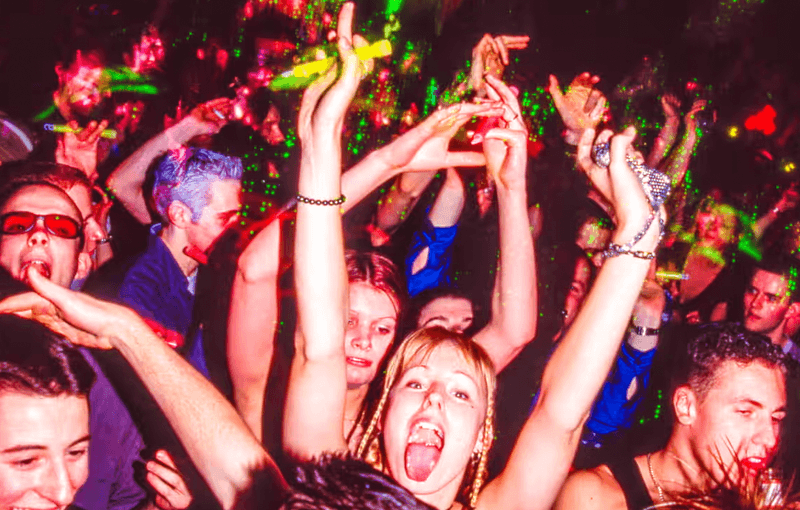
The ’80s witnessed the rise of dance parties and raves, where music and community merged in a vibrant celebration of life. DJs spun the latest tracks, creating soundscapes that energized dance floors and fueled all-night revelry. These gatherings were more than parties; they were expressions of freedom and unity.
The pulsating beats and kaleidoscope of lights created an immersive experience that connected people from all walks of life. Dance parties captured the era’s exuberance, leaving a lasting legacy on nightlife culture.
11. Engaging in Fan Clubs and Fanzines
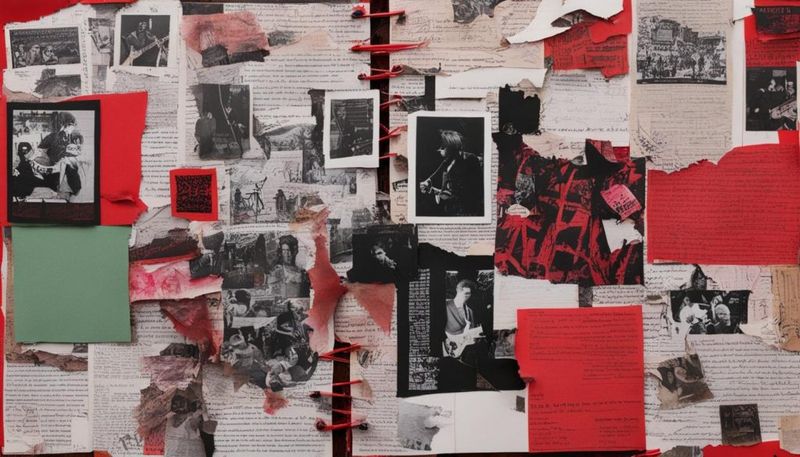
In the ’80s, fan clubs and fanzines were lifelines for music lovers, providing a platform to share passion and connect with like-minded individuals. These homemade publications were filled with interviews, news, and personal insights, fostering a sense of community and belonging.
Creating a fanzine was an act of dedication, blending artistry with journalism. It was a reflection of the era’s DIY spirit, offering fans a voice in the music dialogue. Fanzines remain a testament to the power of fandom and the enduring love for music.

Well, hello there!
My name is Jennifer. Besides being an orthodontist, I am a mother to 3 playful boys. In this motherhood journey, I can say I will never know everything. That’s why I always strive to read a lot, and that’s why I started writing about all the smithereens I came across so that you can have everything in one place! Enjoy and stay positive; you’ve got this!

